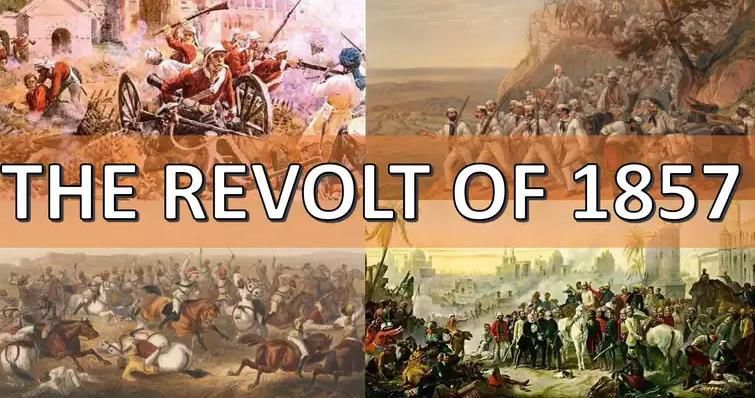Spectrum Summary: The Revolt of 1857 | History for UPSC CSE PDF Download
Introduction
All the previous documents that you have read is to gather knowledge about the background events. In this EduRev document you will reading about the first war of independence which considered as the starting point of the unity between people across the country. You will read about what are the causes that led to this war and what is outcome of this and how company rule ended and crown rule started in our country.
Simmering discontent
- In 1757, after the Battle of Plassey, the British laid the first step towards getting power in northern India, And in 1857 took place the major "Revolt" which was a product of the character and policies of colonial rule after 1757, and after which noteworthy changes took place in the British policy of ruling over India.
- The cumulative effect of British expansionist policies, economic exploitation, and administrative innovations over the years had adversely affected the positions of all—rulers of Indian states, sepoys, zamindars, peasants, traders, artisans, pundits, maulvis, etc. The simmering discontent burst in the form of a violent storm in 1857 which shook the British empire in India to its very foundations.
- However, the period between 1757 and 1857 was not all peaceful and trouble-free, it saw a series of sporadic popular outbursts in the form of religiopolitical violence, tribal movements, peasant uprisings, and agrarian riots, and civil rebellions. Enhanced revenue demands—even in famine years - caused anger.
The Revolt of 1857 - The Major Causes
Economic Causes
- The colonial policies of the East India Company destroyed the traditional economic fabric of Indian society.
- British rule also meant misery to the artisans and handicrafts people.
- The annexation of Indian states by the Company cut off their major source of patronage.
- The Indian trade and mercantile class were deliberately crippled by the British who imposed high tariff duties on Indian-made goods.
- At the same time, the import of British goods into India attracted low tariffs, thus encouraging their entry into India.
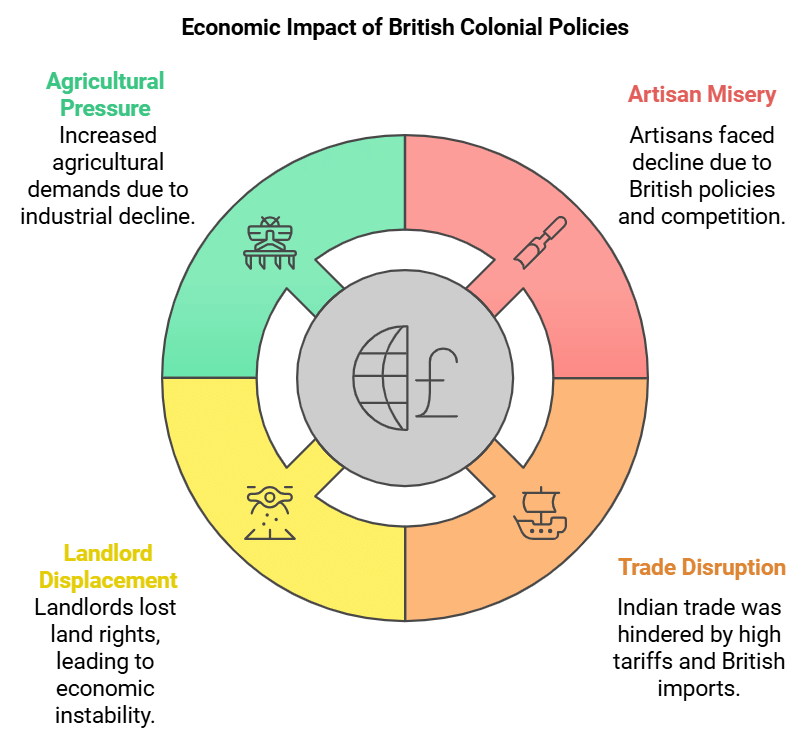
- Free Trade and refusal to impose protective duties against the machine-made goods from Britain, simply killed Indian manufacture.
- Zamindars, the traditional landed aristocracy, often saw their land rights forfeited with frequent use of a quo warranto by the administration.
Example- In Awadh, the storm center of the revolt, 21,000 taluqdars had their estates confiscated and suddenly found themselves without a source of income, "unable to work, ashamed to beg, condemned to penury". - The ruin of the Indian industry increased the pressure on agriculture and land.
Political Causes
- The East India Company’s greedy policy of aggrandizement accompanied by broken pledges and promises resulted in contempt for the Company and loss of political prestige, besides causing suspicion in the minds of almost all the ruling princes in India, through policies as of 'Effective Control’, 'Subsidiary Alliance' and 'Doctrine of Lapse'.
- The collapse of rulers—the erstwhile aristocracy—also adversely affected those sections of the Indian society.
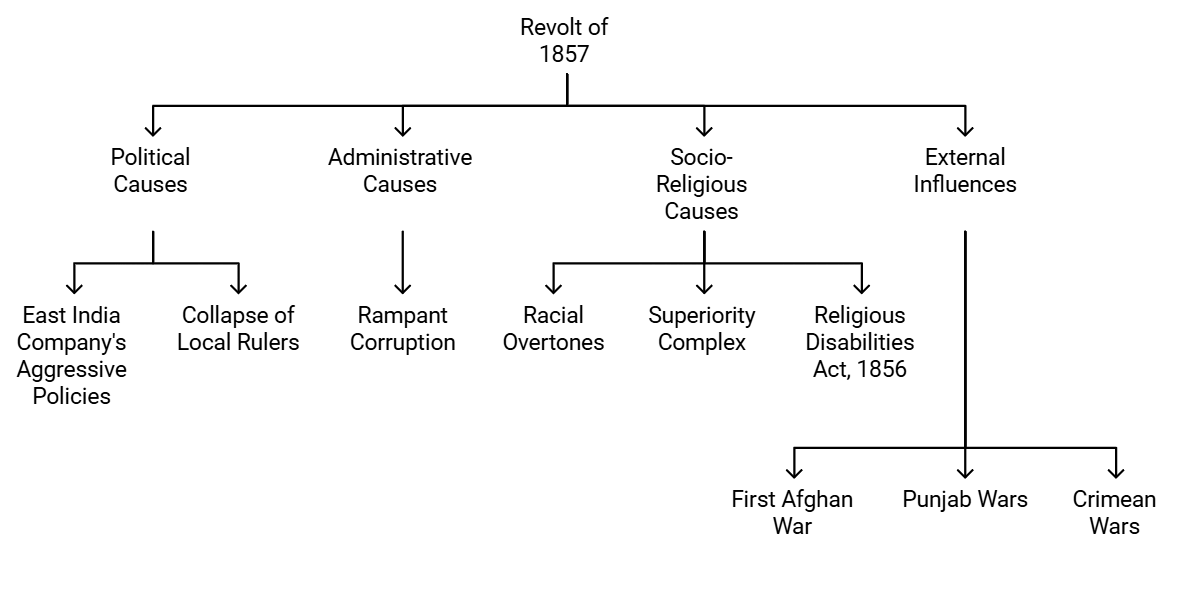
Administrative Causes
- Rampant corruption in the Company’s administration, especially among the police, petty officials, and lower law courts, was a major cause of discontent.
Socio-Religious Causes
- Racial overtones and a superiority complex characterized the British administrative attitude towards the native Indian population.
- The government’s decision to tax mosque and temple lands and making laws such as the Religious Disabilities Act, 1856.
Influence of Outside Events
- The revolt of 1857 coincided with certain outside events in which the British suffered serious losses—the First Afghan War (1838-42), Punjab Wars (1845-49), and the Crimean Wars (1854-56).
Discontent Among Sepoys
- The conditions of service in the Company's Army and cantonments increasingly came into conflict with the religious beliefs and prejudices of the sepoys.
- In 1856, Lord Canning's government passed the General Service Enlistment Act which decreed that all future recruits to the Bengal Army would have to give an undertaking to serve anywhere their services might be required by the government. This caused resentment.
- The immediate cause of the sepoys' dissatisfaction was the order that they would not be given the foreign service allowance (Bhatta) when serving in Sindh or in Punjab.
- History of revolts in the British Indian Army—in Bengal (1764), Vellore (1806), Barrackpore (1825), and during the Afghan Wars (1838-42).
Beginning and Spread of the Revolt
The Spark- The reports about the mixing of bone dust in atta (flour) and the introduction of the Enfield rifle enhanced the sepoy's growing disaffection with the government.
- The greased wrapping paper of the cartridge of the new rifle had to be bitten off before loading and the grease was reportedly made of beef and pig fat.
Starts at Meerut
- The revolt began at Meerut, 58 km from Delhi, on May 10, 1857, and then, gathering force rapidly, soon embraced a vast area from Punjab in the north and the Narmada in the south to Bihar in the east and Rajputana in the west.
- Sepoy of the 34th Native Infantry, Mangal Pande, went a step further and fired at the sergeant major of his unit at Barrackpore.
- On April 24, ninety men of the 3rd Native Cavalry refused to accept the greased cartridges.
- On May 9, eighty-five of them were dismissed, sentenced to 10 years imprisonment, and put in fetters.
- On May 10, they released their imprisoned comrades, killed their officers, and unfurled the banner of revolt.
Choice of Bahadur Shah as Symbolic Head
- This spontaneous raising of the last Mughal king to the leadership of the country was a recognition of the fact that the long reign of the Mughal dynasty had become the traditional symbol of India’s political unity.
- The broad outlook of the rebels was not influenced by religious identity but by the perception of the British as the common enemy.
- The entire Bengal Army soon rose in a revolt which spread quickly. Awadh, Rohilkhand, the Doab, Bundelkhand, central India, large parts of Bihar, and East Punjab shook off British authority.
Civilians Join
- The revolt of the sepoys was accompanied by a rebellion of the civil population, particularly in the north-western provinces and Awadh. The peasants and petty zamindars took advantage of the revolt to destroy the moneylender's account books and debt records.
Storm Centres and Leaders of the Revolt
- At Delhi, the real command lay with a court of soldiers headed by General Bakht Khan Sir Hugh Wheeler, commanding the station, surrendered on June 27, 1857, and was killed on the same day.
- Nana Saheb expelled the English from Kanpur, proclaimed himself the Peshwa, acknowledged Bahadur Shah as the Emperor of India, and declared himself to be his governor.
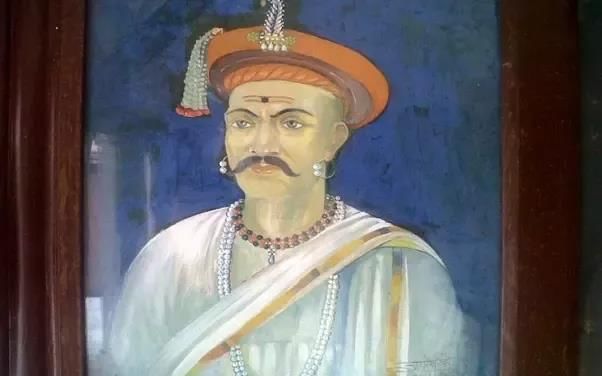 Nana Saheb
Nana Saheb - Begum Hazrat Mahal took over the reins at Lucknow where the rebellion broke out on June 4, 1857, and popular sympathy was overwhelmingly in favor of the deposed nawab. In March 1858, the city was finally recovered by the British.
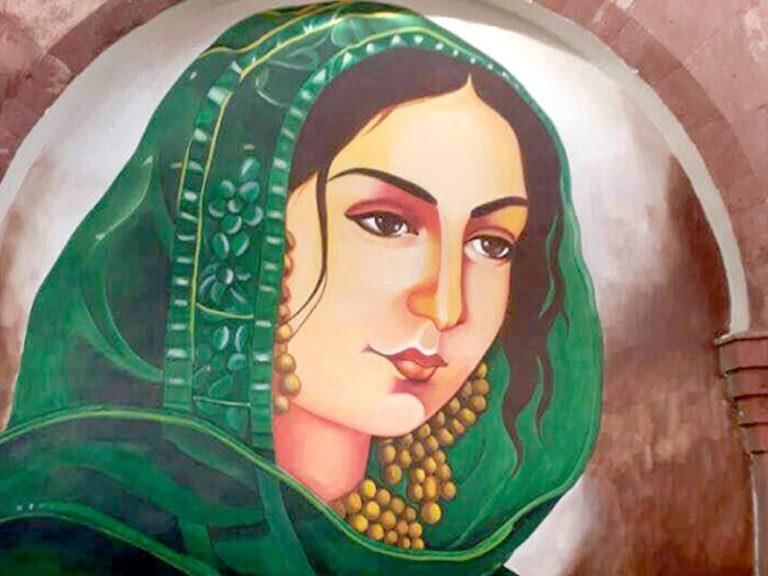 Begum Hazrat Mahal
Begum Hazrat Mahal - At Bareilly, Khan Bahadur, a descendant of the former ruler of Rohilkhand, not enthusiastic about the pension being granted by the British, organized an army of 40,000 soldiers and offered stiff resistance to the British.
- In Bihar, the revolt was led by Kunwar Singh, the zamindar of Jagdishpur. He unhesitatingly joined the sepoys when they reached Arrah from Dinapore (Danapur).
- Maulvi Ahmadullah of Faizabad fought a stiff battle against the British troops. He emerged as one of the revolt’s acknowledged leaders once it broke out in Awadh in May 1857.
- Rani Laxmibai, who assumed the leadership of the sepoys at Jhansi. The Rani of Jhansi and Tantia Tope marched towards Gwalior. Gwalior was recaptured by the English in June 1858.
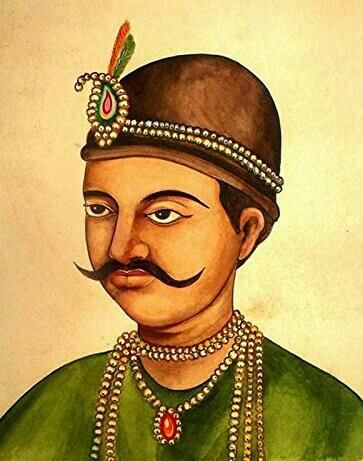 Tantia Tope
Tantia Tope - Shah Mal, a local villager in Pargana Baraut (Baghpat, Uttar Pradesh) organized the headmen and peasants of 84 villages (referred to as chaurasia desh), marching at night from village to village, urging people to rebel against the British hegemony. Shah Mal's body was cut into pieces and his head displayed on July 21, 1857.
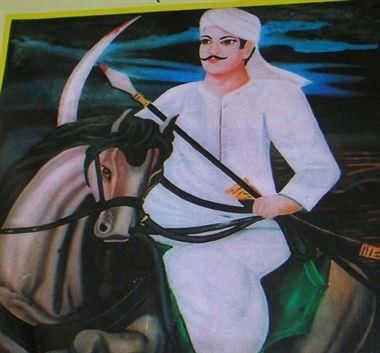 Shah Mal
Shah Mal
Suppression of the Revolt
- The revolt was finally suppressed. The British captured Delhi on September 20, 1857, thus the great House of Mughals was finally and completely extinguished.
- Sir Colin Campbell occupied Kanpur on December 6, 1857.
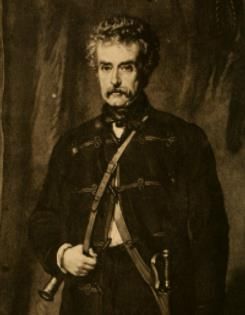 Sir Colin Campbell
Sir Colin Campbell - Tantia Tope was captured while asleep in April 1859 and put to death. The Rani of Jhansi had died on the battlefield earlier in June 1858. Jhansi was recaptured by Sir Hugh Rose.
The British Resistance
- Delhi - Lieutenant Willoughby, John Nicholson, Lieutenant Hudson
- Kanpur - Sir Hugh Wheeler, Sir Colin Campbell
- Lucknow - Henry Lawrence, Brigadier Inglis, Henry Havelock, James Outram, Sir Colin Campbell
- Jhansi - Sir Hugh Rose
- Benaras - Colonel James Neill
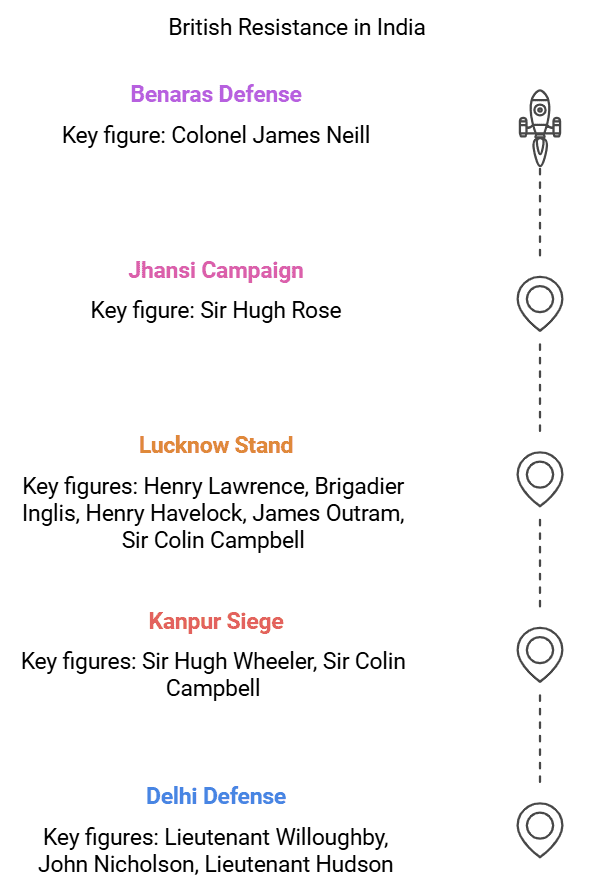
Why the Revolt Failed?
- All-India participation was absent.
- The limited territorial spread was one factor, there was no all - India veneer about the revolt.
All classes did not join
- Big zamindars acted as "break-waters to storm", even Awadh taluqdars backed off once promises of land restitution were spelled out.
- Educated Indians viewed this revolt as backward-looking, supportive of the feudal order, and as a reaction of traditional conservative forces to modernity.
- Rulers who did not participate included the Sindhia of Gwalior, the Holkar of Indore, the rulers of Patiala, Sindh and other Sikh chieftains, and the Maharaja of Kashmir.

Poor Arms and Equipment
- The Indian soldiers were poorly equipped materially, fighting generally with swords and spears and very few guns and muskets.
Uncoordinated and Poorly Organised
- The revolt was poorly organized with no coordination or central leadership.
- The principal rebel leaders—Nana Saheb, Tantia Tope, Kunwar Singh, Laxmibai.
- The mutineers lacked a clear understanding of the colonial rule, nor did they have a forward-looking program, a coherent ideology, a political perspective, or a societal alternative.
Hindu-Muslim Unity Factor
- According to Maulana Azad, “Two facts stand out clearly in the midst of the tangled story of the Rising of 1857. The first is the remarkable sense of unity among the Hindus and the Muslims of India in this period. The other is the deep loyalty which the people felt for the Mughal Crown.”
- Thus, the events of 1857 demonstrated that the people and politics of India were not basically communal or sectarian before 1858.
Nature of the Revolt
- It was a mere 'Sepoy Mutiny’ to some British historians—"a wholly unpatriotic and selfish Sepoy Mutiny with no native leadership and no popular support”, said Sir John Seeley.
- Dr. K. Datta considers the revolt of 1857 to have been “in the main a military outbreak, which was taken advantage of by certain discontented princes and landlords, whose interests had been affected by the new political order”. It was "never all-Indian in character, but was localized, restricted and poorly organized". Further, says Datta, the movement was marked by the absence of cohesion and unity of purpose among the various sections of the rebels.
- A "planned war of national independence", by V.D. Savarkar in his book, The Indian War of Independence, 1857. Savarkar called the revolt the first war of Indian independence.
- Dr. S.N. Sen in his Eighteen Fifty- Seven considers the revolt as having begun as a fight for religion but ending as a war of independence.
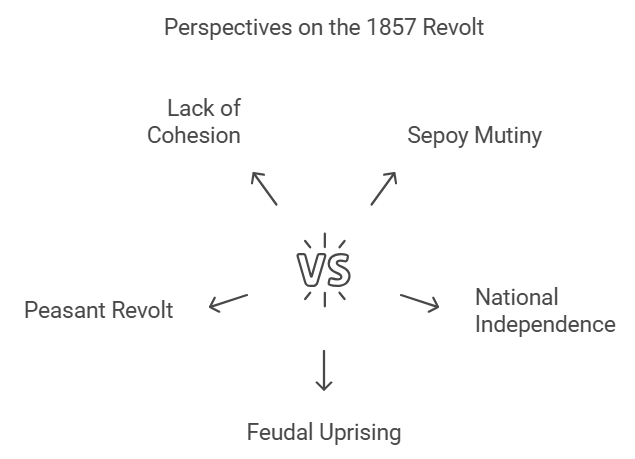
- Dr. R.C. Majumdar, however, considers it as neither the first, nor national, nor a war of independence as large parts of the country remained unaffected According to some Marxist historians, the 1857 revolt was "the struggle of the soldier-peasant democratic combine against foreign as well as feudal bondage".
- Jawaharlal Nehru considered the Revolt of 1857 as essentially a feudal uprising though there were some nationalistic elements in it (Discovery of India).
- M.N. Roy felt the Revolt was a last-ditch stand of feudalism against commercial capitalism.
- R.P. Dutt also saw the significance of the Revolt of the peasantry against foreign domination It had seeds of nationalism and anti-imperialism but the concept of common nationality and nationhood was not inherent to the revolt of 1857.
- S.B. Chaudhuri observes, the revolt was "the first combined attempt of many classes of people to challenge a foreign power. This is a real if remote, approach to the freedom movement of India of a later age".
Consequences
- The revolt of 1857 marks a turning point in the history of India. It led to far-reaching changes in the system of administration and the policies of the British government.
- The British Parliament, on August 2, 1858, passed an Act for the Better Government of India. The Act declared Queen Victoria as the sovereign of British India and provided for the appointment of a Secretary of State for India
- The assumption of the Government of India by the sovereign of Great Britain was announced by Lord Canning at a durbar at Allahabad in the 'Queen’s Proclamation’ issued on November 1, 1858.
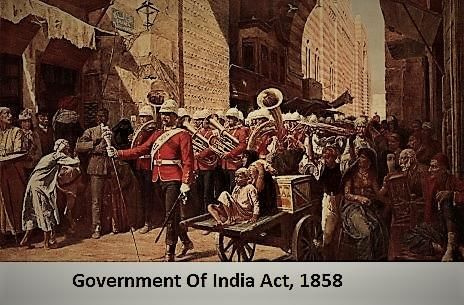
- The proclamation also promised equal and impartial protection under the law to all Indians, besides equal opportunities in government services irrespective of race or creed. It was also promised that old Indian rights, customs, and practices would be given due regard while framing and administering the law.
- The Army Amalgamation Scheme, 1861 moved the Company’s European troops to the services of the Crown.
- 'Conservative brand of liberalism’, as it was called by Thomas Metcalf—had the solid support of the conservative and aristocratic classes of England who espoused the complete non-interference in the traditional structure of Indian society. The Indian economy was fully exploited without fear.
- In accordance with the Queen’s Proclamation of 1858, the Indian Civil Service Act of 1861 was passed, which was to give an impression that under the Queen all were equal, irrespective of race or creed.
- Racial hatred and suspicion between the Indians and English was probably the worst legacy of the revolt.
- The complete structure of the Indian government was remodeled and based on the notion of a master race justifying the philosophy of the ‘Whiteman’s burden’.
Significance of the Revolt
- For the British, the Revolt of 1857 proved useful in that it showed up the glaring shortcomings in the Company’s administration and its army, which they rectified promptly. These defects would never have been revealed to the world if the Revolt had not happened.
- For the Indians, the 1857 Revolt had a major influence on the course of the struggle for freedom. It brought out in the open grievances of people and the sepoys, which were seen to be genuine.
- However, it was also obvious that the primitive arms that the Indians possessed were no match for the advanced weapons of the British. Furthermore, the senseless atrocities committed by both sides shocked the Indian intellectuals who were increasingly convinced that violence was to be eschewed in any struggle for freedom.
- The educated middle class, which was a growing section, did not believe in violence and preferred an orderly approach. But the Revolt of 1857 did establish local traditions of resistance to British rule which were to be of help in the course of the national struggle for freedom.

This event that you have gone through is considered as the first step towards the independence of our country. In the next EduRev document you will read about the social changes and reforms that happened across the country and famous personalities involved in it.
To practice questions of the topic "The Revolt of 1857", you just read, attempt the test given below:
|
110 videos|652 docs|168 tests
|
FAQs on Spectrum Summary: The Revolt of 1857 - History for UPSC CSE
| 1. What were the major causes of the Revolt of 1857? |  |
| 2. How did the Revolt of 1857 begin and spread? |  |
| 3. How was the Revolt of 1857 suppressed by the British? |  |
| 4. What was the nature of the Revolt of 1857? |  |
| 5. What impact did the Revolt of 1857 have on India's struggle for independence? |  |


